Tag: 18th-century
-

From Aireyholme to Hawaii — Captain Cook’s Legacy
On this day in 1776, Captain James Cook set sail from Plymouth aboard the Resolution, with the Discovery in his wake, on what would be his final voyage. His journey ended tragically in Hawaii three years later, when he met his death in an altercation with the indigenous people. It seems fitting, therefore, to post…
-
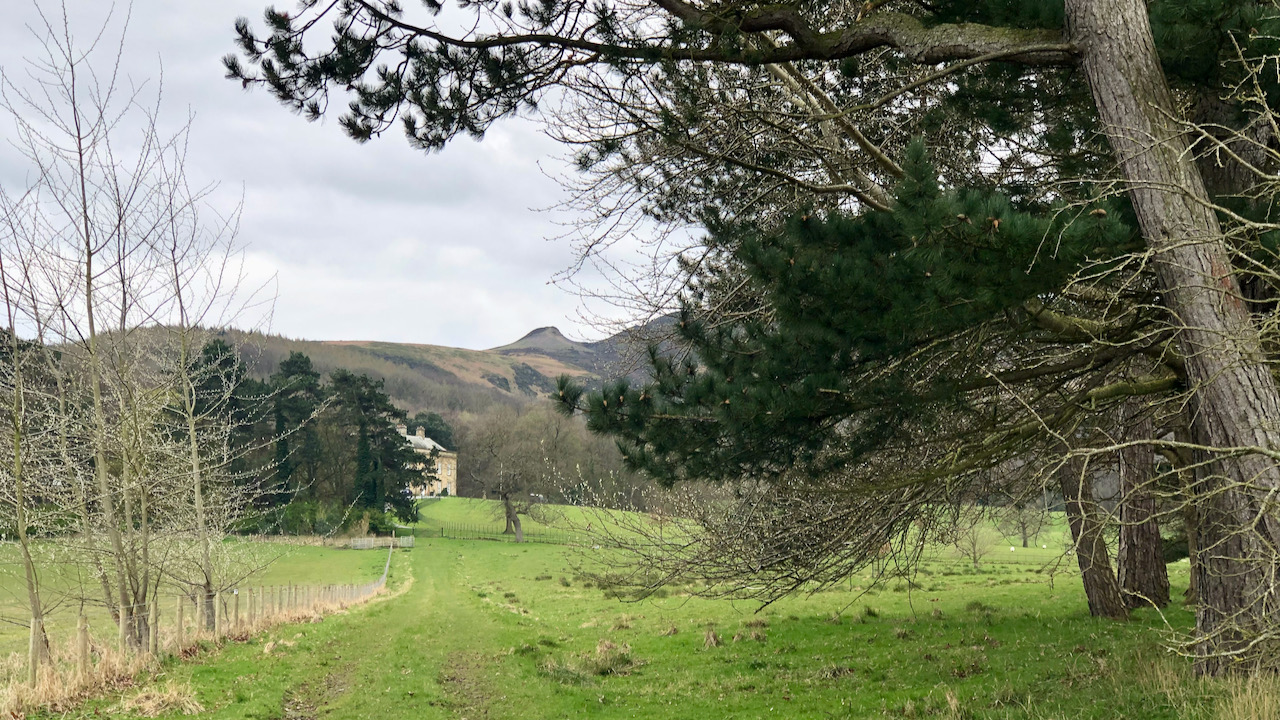
The Ghost of Madame Turner
Barely a glimpse of Busby Hall can be gained from the limit of the Public Bridleway which follows the old coach road leading to the estate. Remarkably, this track once served as the main entrance. Presently, entry is gained through the village of Carlton-in-Cleveland. Pevsner, the architectural historian, offers a description of the hall as…
-
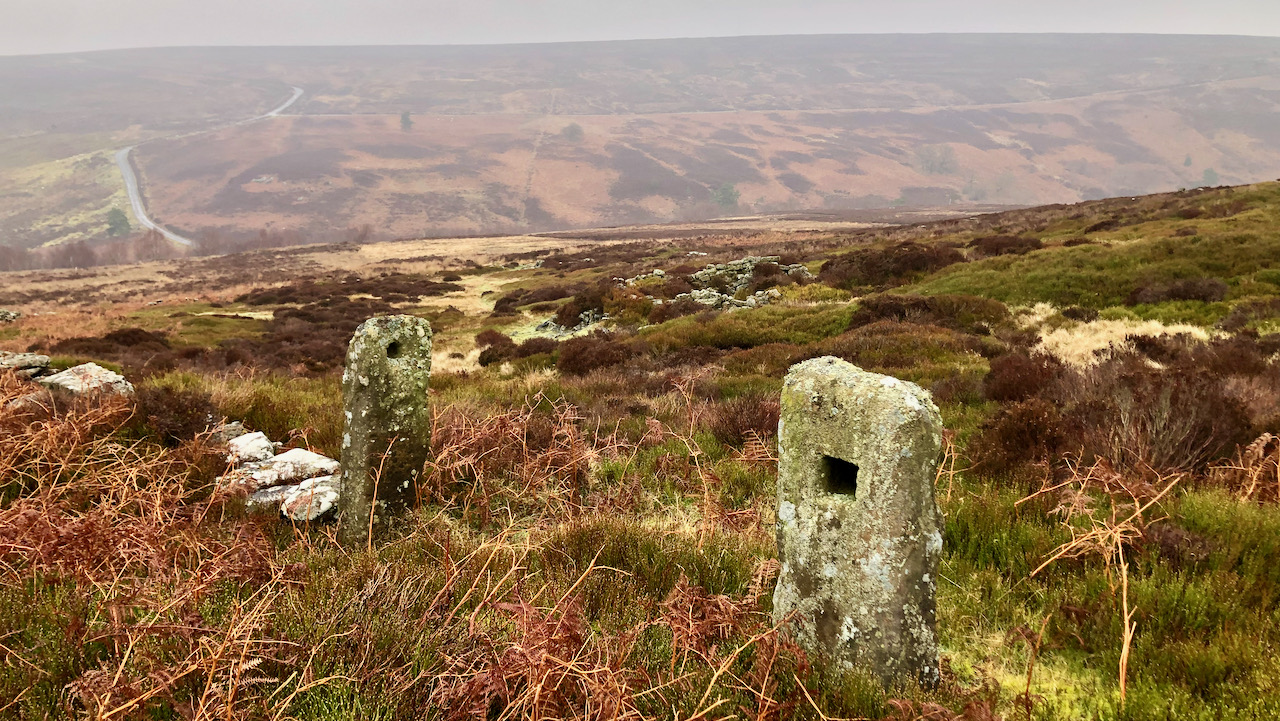
Gin Garth — A Smugglers’ Retreat
In the 17th through to the 19th centuries, Yorkshire’s coast was notorious for smuggling, and today, places like Saltburn, Staithes, and Whitby all have their smuggling attractions and yarns. They had this intricate operation going on, and it was no secret — everyone knew about the ‘coopering’ business in the North Sea. Dutch ships, sailing…
-
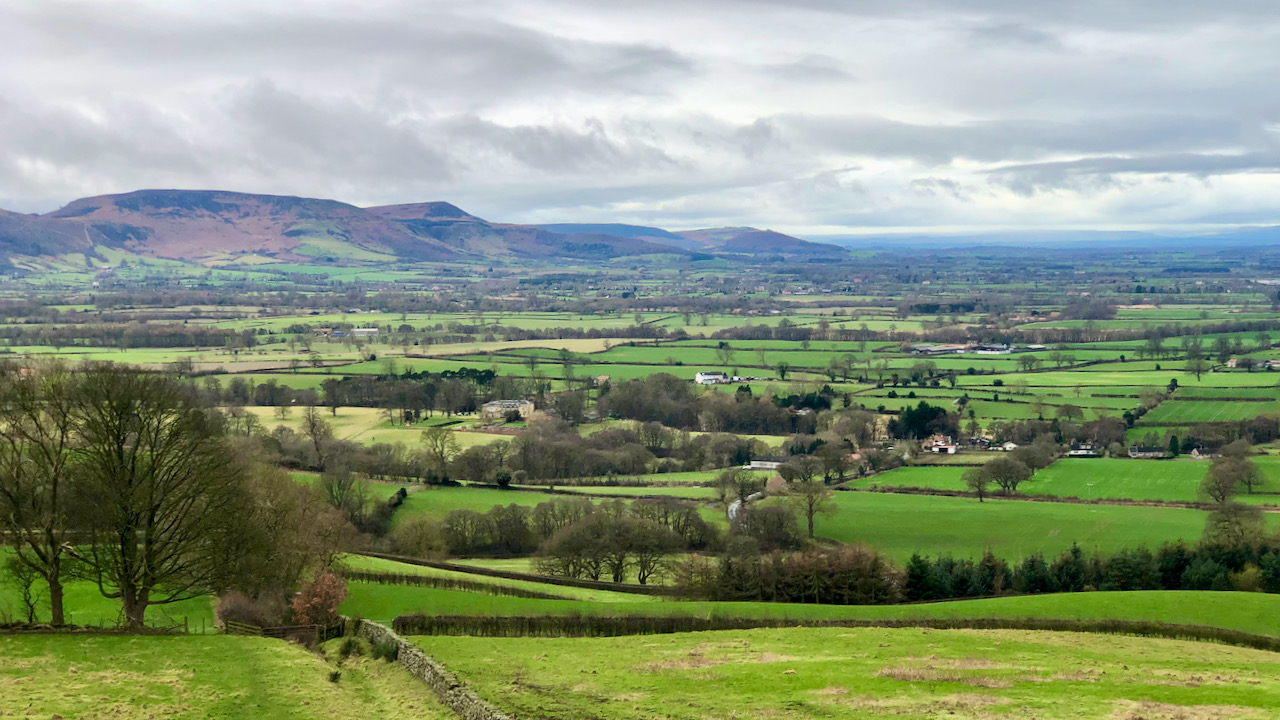
Easby Hall and the Rise and Fall of the Whitby Campions
The tiny hamlet of Easby serves as a picturesque setting against the majestic backdrop of the Cleveland Hills. The large prominent house to the left of centre is Easby Hall. Easby Manor came into the possession of Robert Campion, a prominent figure in Whitby during the early 19th century. Campion, a banker and businessman of…
-
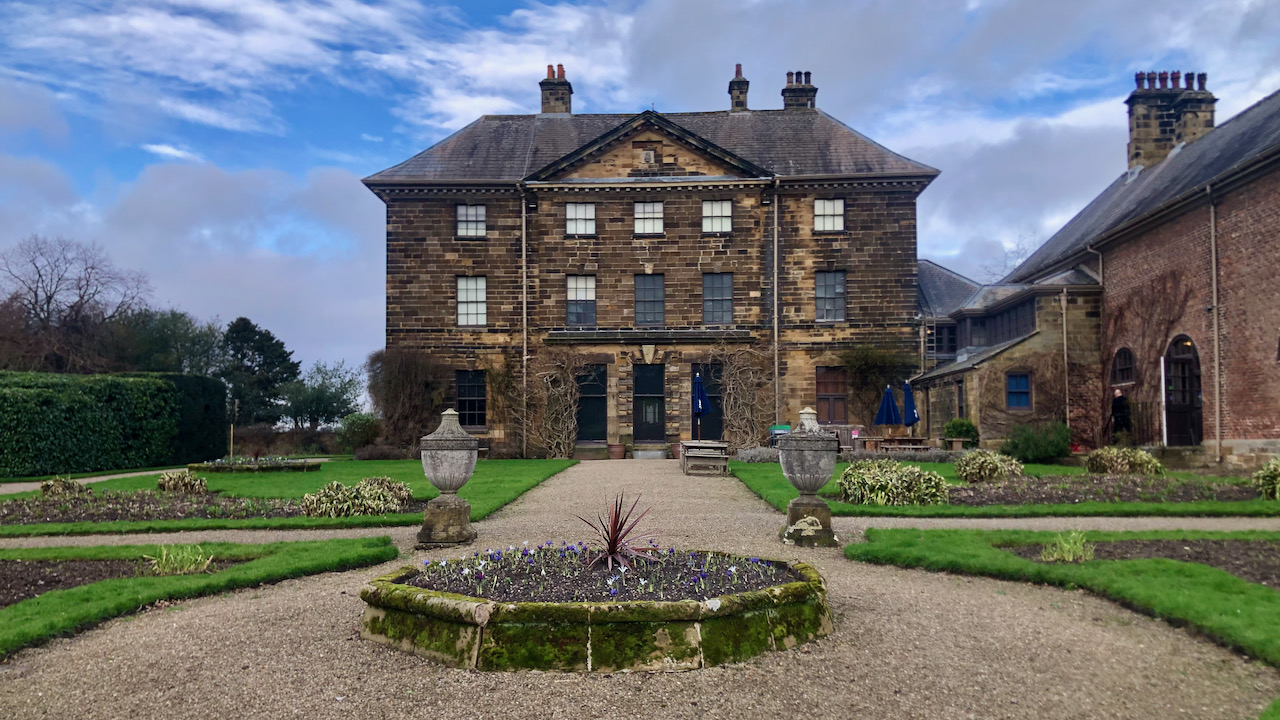
Ormesby Hall—from family home to National Trust property
Perched proudly on the outskirts of a bustling housing estate, Ormesby Hall, a Palladian mansion, appears somewhat incongruous. Despite its seemingly out-of-place location, it maintains an air of refinement and is surrounded by parkland, a sharp contrast with its urban surroundings. In contrast to more opulent residences like Marton and Gunnergate Halls, erected with newfound…
-
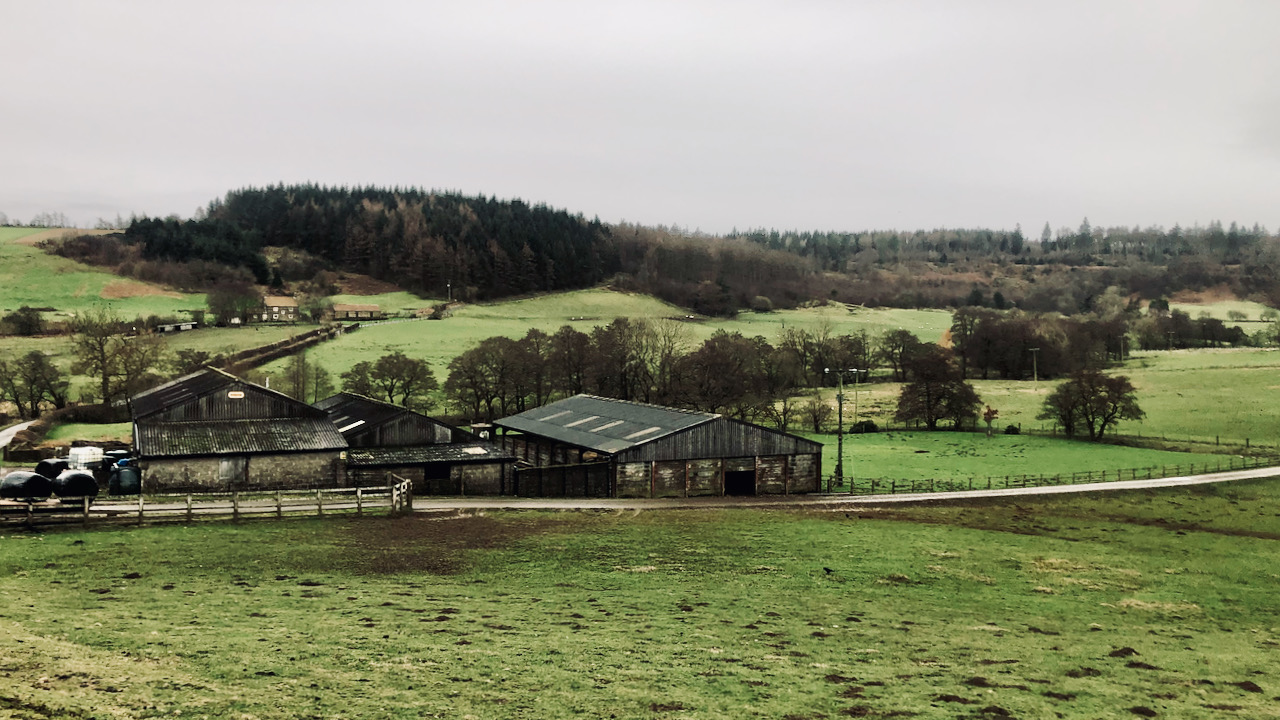
Smelly Farm and the 18th Century Enclosures
A rather drab photograph capturing a drab-looking collection of barns, reflecting an exceptionally drab overcast day. The presence of a strong wind and rain in the air adds to the overall drabness. Lounsdale — sometimes spelt Lonsdale — stands before me in all its aromatic glory. The barns, once known to my friendship group with…
-
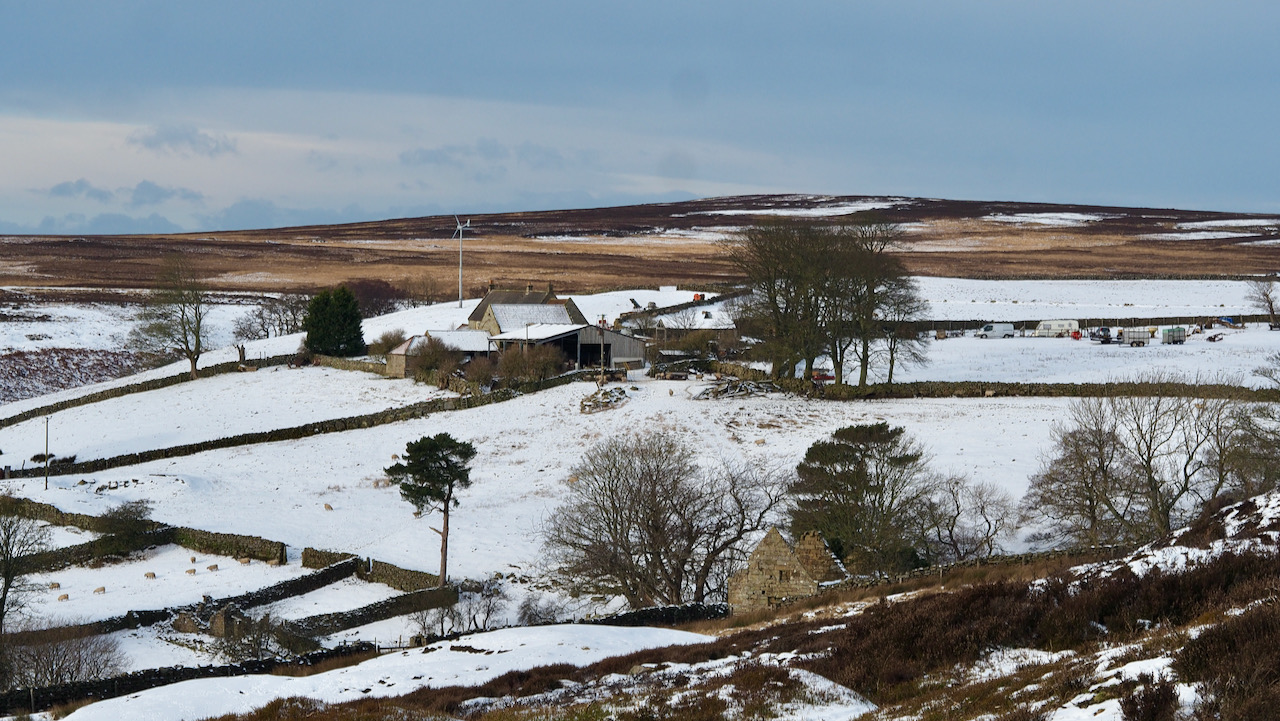
Clitherbecks — Coal, Cottages and Calamity
Clitherbecks, a very lonely and remote place on the moors near Danby, yet attaining a certain picturesque quality beneath the blanket of snow. The dale is renowned for its coal mining legacy. Modest, isolated shafts were operated using a ‘horse gin.’ Upon reaching the seam, horizontal headings were dug in various directions until deemed too…
-
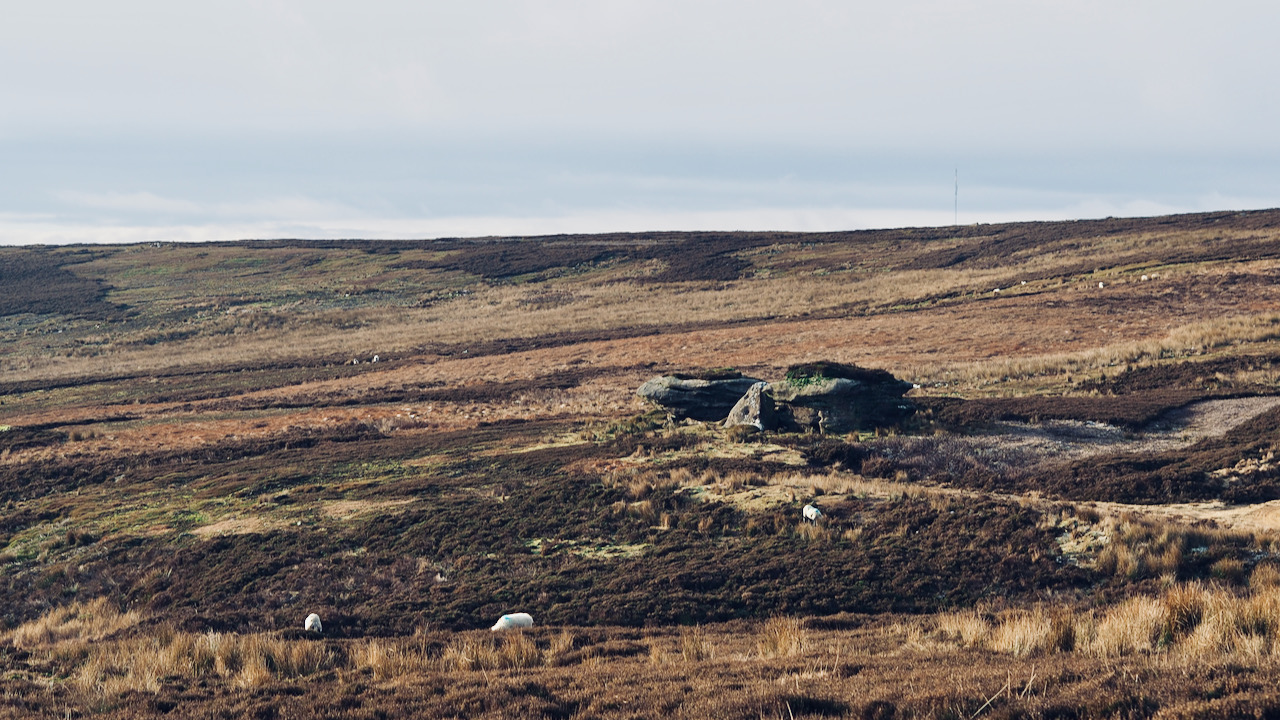
Brock or Huckster? What’s behind the name of the Badger Stone?
I succeeded in reaching the Badger Stone before the snow came. By the time I returned to the car, I had transformed into a snowman. The Badger Stone, an oddity in itself, is a sturdy sandstone outcrop standing alone and distant on the periphery of a plateau within a desolate moorland, rising to a height…
-
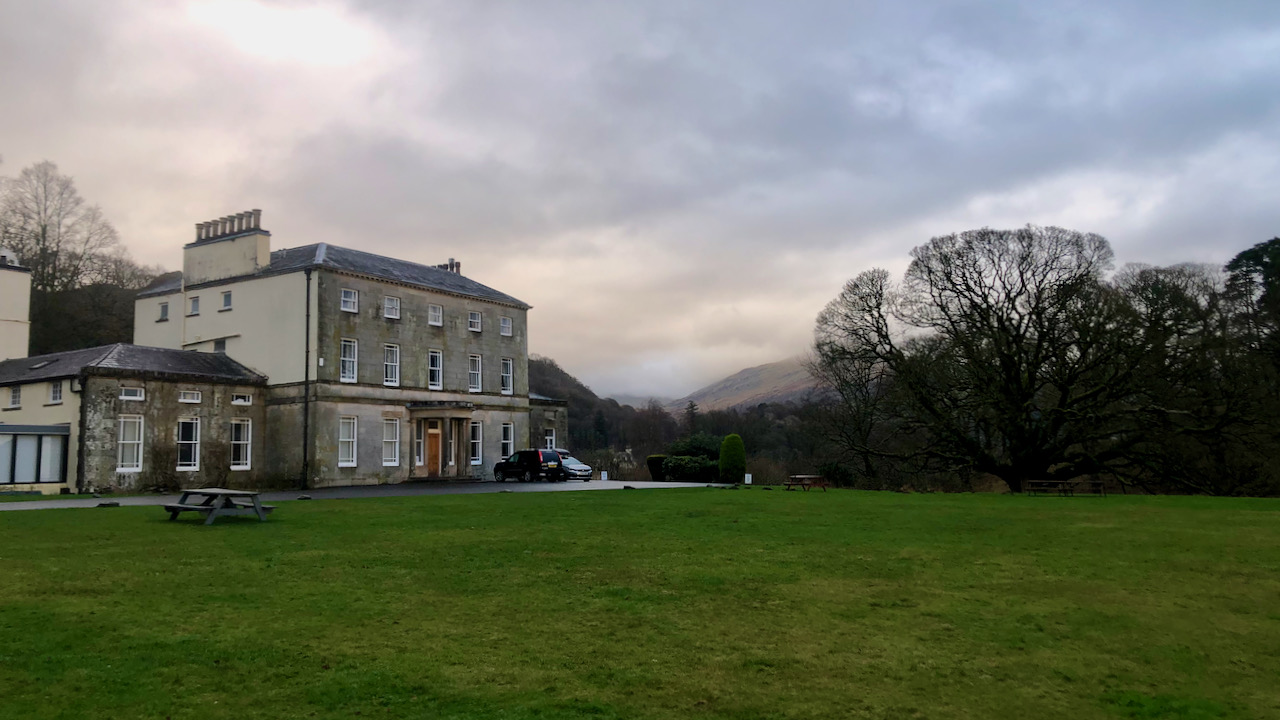
Brathay Hall — “Mr. Law’s White palace – a bitch!”
Brathay Trust is based in an elegant 18th Century Georgian country house. It was built by George Law, the son of an Attorney who was involved in Backbarrow ironworks. On his death, in the West Indies in 1802, the house passed to his son Henry, who rented it to John Harden, a gentleman with connections…
-
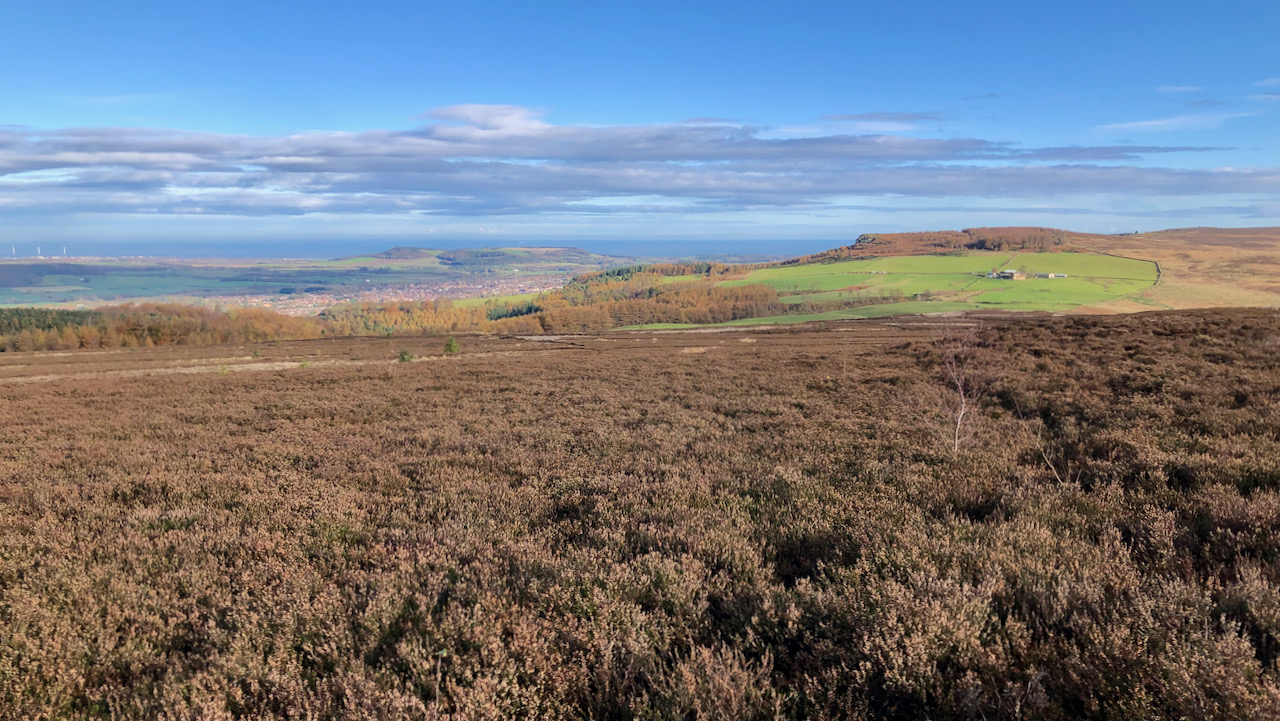
The Green Bag Rebellion: Guisborough’s 1820 Guy Fawkes Night
This morning’s images of politicians’ effigies being paraded and set ablaze in Lewes reminded me of a tale from 1820 in Guisborough. After Guy Fawkes’s infamous plot in 1605, the King and his government had started a public day of thanks by an Act of Parliament (which wasn’t repealed until 1859) and was taken up…